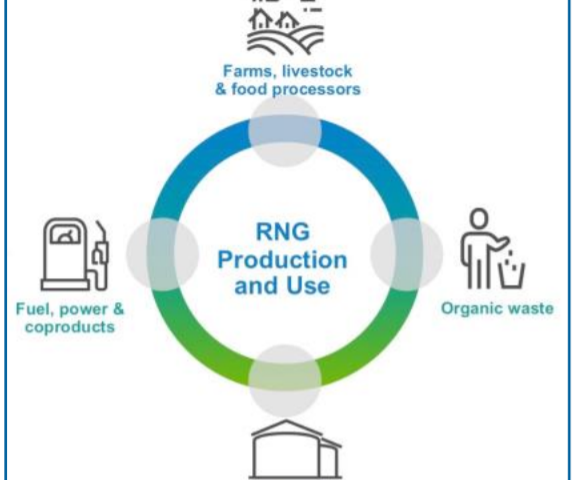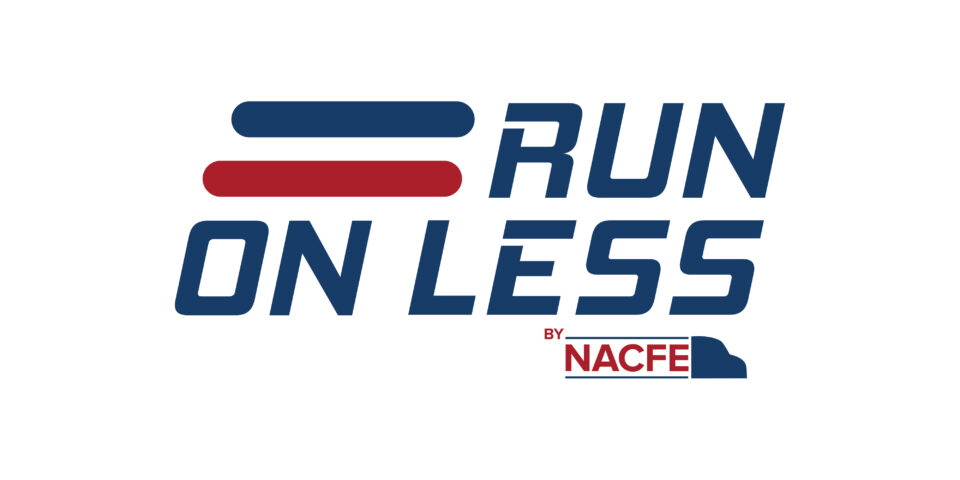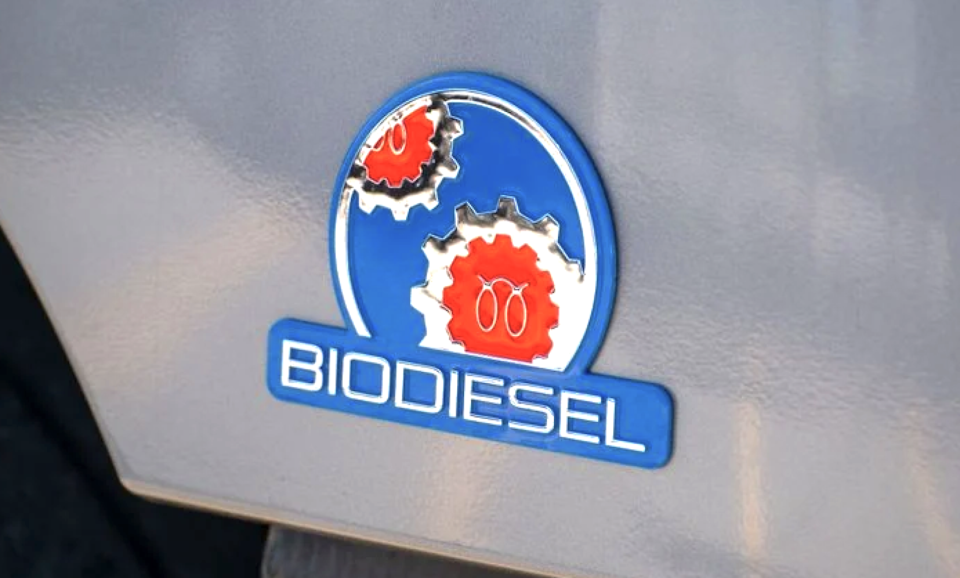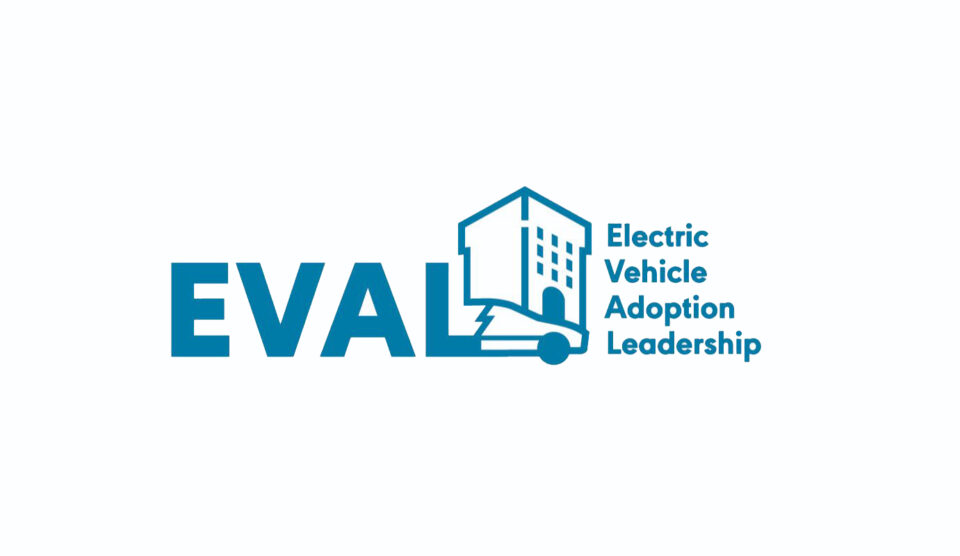New Assessment Shows Rapid Expansion of U.S. Renewable Natural Gas Industry

Energy Vision and Argonne National Laboratory have released a new joint assessment of the U.S. renewable natural gas industry. The assessment reviews current and projected RNG projects. According to Energy Vision, the number of U.S. RNG projects has risen by 42% from early 2019 through 2020. Current operating capacity is over 59 million MMBtu or the equivalent of over 459 million diesel gallons. Energy Vision also reports that a total of 155 new RNG projects are either planned or under construction. A press release issued by Energy Vision also highlights the environmental benefits of RNG. “According to Argonne National Laboratory’s GREET model, RNG produced from anaerobic digestion of food waste or dairy and hog manure is net carbon-negative over its lifecycle, including production, transport and use.”
The press release also notes that “Recent studies estimate the U.S. could produce enough RNG to displace 10% of current domestic fossil natural gas production, or close to 25% of diesel fuel in transportation.” “RNG is a powerful tool for reducing climate impacts in high-emissions, difficult-to-decarbonize sectors like transportation, manufacturing, and various thermal applications,” said Energy Vision president Matt Tomich, “and it can also reduce climate impacts of the natural gas industry itself.” “RNG can decarbonize a significant share of the energy consumed by heavy-duty vehicles and other users of geologic natural gas today, with little or no change required to existing infrastructure,” said Marianne Mintz, Principal Transportation Systems Analyst at Argonne National Laboratory. “This realization is fueling growth in the number and average capacity of projects producing RNG, in the range of markets into which it is being introduced, and in overall demand for the fuel.”
The assessment, which consists of a database of current and projected RNG projects, shows rapid growth in capacity and production nationwide is available here: https://www.anl.gov/es/reference/renewable-natural-gas-database.
Argonne also recently produced a new FAQ document, Renewable Natural Gas for Transportation: Frequently Asked Questions, summarizing RNG basics for a wide range of stakeholders. The FAQ describes how RNG is produced and used, along with benefits for stakeholders ranging from waste generators, project developers, and communities to natural gas providers, utilities, fleets, and other RNG users. In addition to describing costs and economic incentives, the FAQ illustrates how some RNG production pathways have very low carbon intensity scores due to their capture of emissions that would be otherwise released to the atmosphere. Use this FAQ to communicate with RNG stakeholders and interested parties.
Originally Posted on NGVAmerica.




